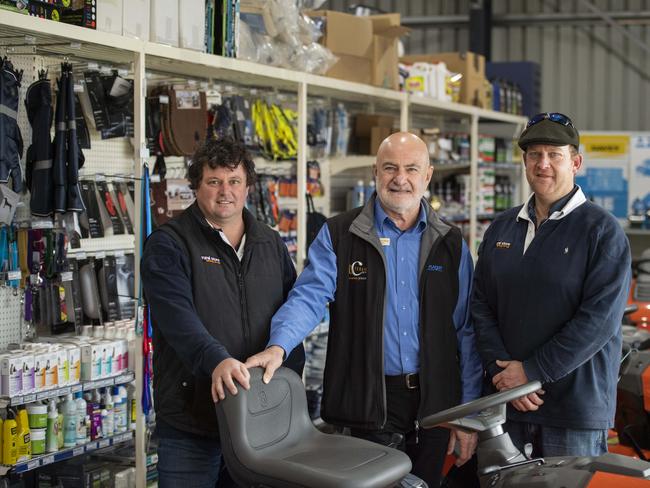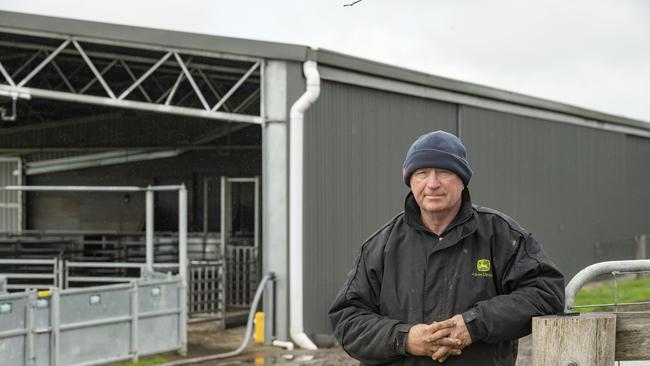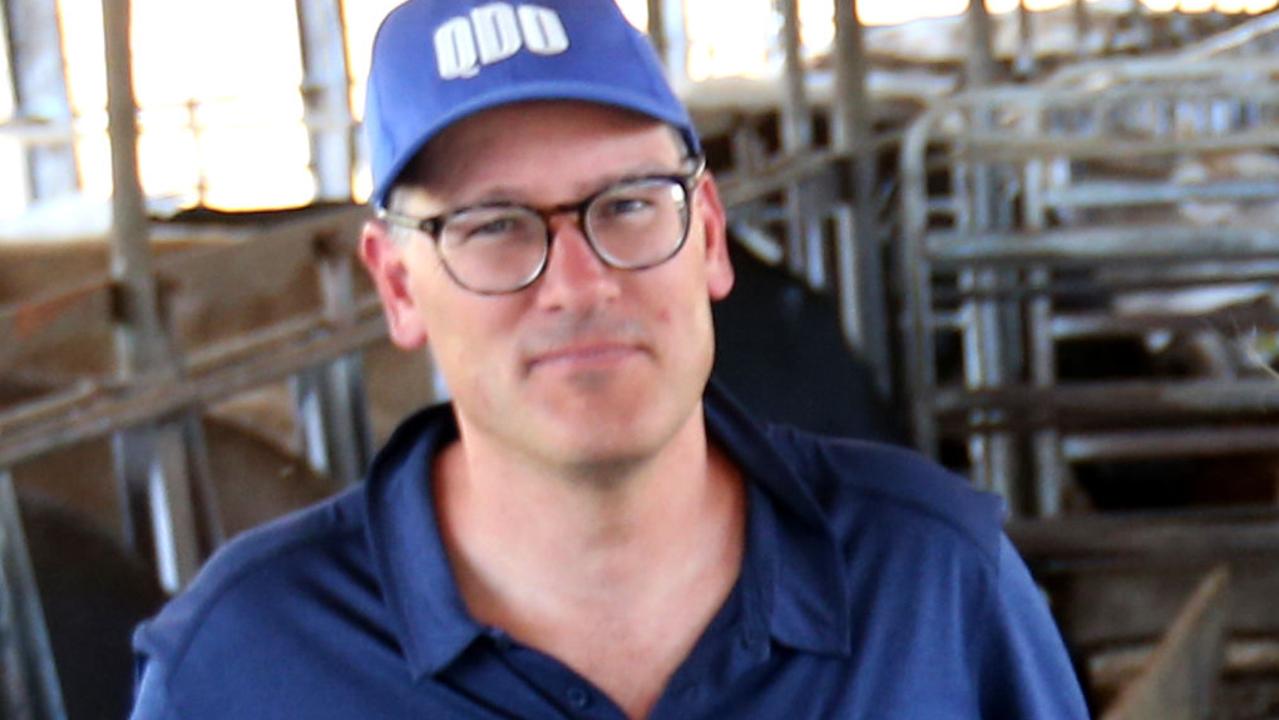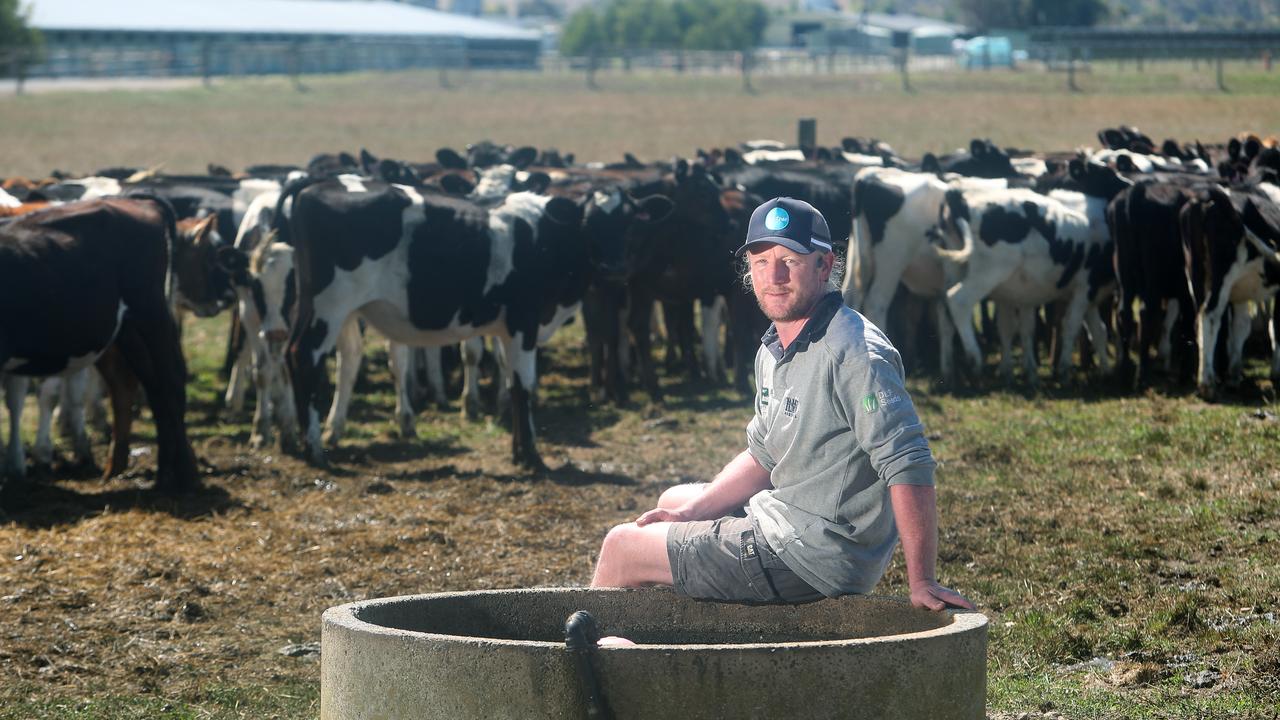Australian dairy boom: How a regional retailer is seeing the benefits
Farmgate prices for Australian dairy have never been stronger and it’s not just farmers that are doing well from the boom.

Victoria’s dairy industry is enjoying some of the highest farmgate figures in living memory – and regional retail is feeling the flow-on effects.
A unique litmus test for the dairy dollars-to-retail phenomenon is Terang and District Co-operative.
The southwest Victorian retailer has a supermarket, rural store, dairy-specific outlet as well as two hardware shops – one in its native Terang and another in nearby Camperdown.

Terang Co-Op chief executive Kevin Ford said all components of the business had performed strongly in the past financial year, with robust farmgate prices a contributing factor.
“When the dairy industry does well then retail in dairy communities like Terang do well,” Mr Ford said.
“Initially, it was the supermarket side of the business that performed most strongly. The coronavirus lockdowns had a big impact on trade.
“When the announcement of lockdowns occurred, there was a huge rush of customers for several days buying supplies – then there’d be a lull. So you’d get waves of really strong trade in that 2020-21 financial year.”
During the 2021-22 financial year, ‘the Co’ – as it’s affectionately known by locals – made a before-tax profit of more than $820,000 and distributed $72,721 to community organisations.
The $821,835 profit and annual turnover of $29 million were second only to the 2020-21 results which were influenced by Victoria’s coronavirus lockdowns.
“There’s been a lot more stability this year in trade,” Mr Ford said.
“We’re not getting those big peaks and troughs in business that we saw in 2020-21 but the strength of the dairy sector means the supermarket, hardware and the dairy (supplies) side of the business is stronger now than it was pre-Covid.”
Following a $900,000 redevelopment completed last year, the Co-Op’s supermarket was named in May as Victoria’s best IGA store for groceries and general merchandise
“The lockdowns did create problems for many businesses but it timed well with our refurbishments, because there’s always an element of inconvenience when you’re renovating,” Mr Ford said.
Australia’s big three processors – Bega, Fonterra and Saputo – have settled at a midpoint of about $9.50 a kilogram of milk solids last month after a dazzling battle for supply.
Initial price estimates hovered around $7.30 to $7.50 a kilogram of milk solids in March and April before the bidding war erupted, with smaller processors edging close to the $10 a kilogram of milk solids mark.

Co-Op board member Brendan Kenna operates a farm in the Ellerslie district, a short drive north-west of Terang.
“(The Co-Op) is a good barometer of how the local economy is performing,” he said.
“It’s not only dairy that’s going strongly at the moment but other farming sectors are also enjoying strong returns.
“We have the hardware (store) as well, which the region’s tradies use, and that’s gone from strength to strength given the housing boom.”
The co-operative has more than 3230 members with 189 individuals and families signing up during the 2021-22 financial year.
“You can tell there’s a great deal of business confidence out there,” Mr Kenna said.
“That’s in part due to the strong dairy prices. We’re a predominantly dairy region and when dairy does well, many other businesses also share that success.”
While record prices were paid at the farmgate to kick off the 2022-23 season, input costs have softened the economic surge somewhat.
Electricity, fuel, fertiliser and labour expenses have all placed pressure on dairy farm budgets in the past six to 12 months.
United Dairyfarmers of Victoria vice president Mark Billing has noted the robust farmgate figures were somewhat undercut by rising input costs.
“Certainly, strong farmgate prices have been a big confidence boost for the sector,” Mr Billing said.
“It’s great news not only for dairy farmers themselves but towns that rely on a strong dairy industry like Colac, Camperdown. But the input costs are always something to keep an eye on.”





